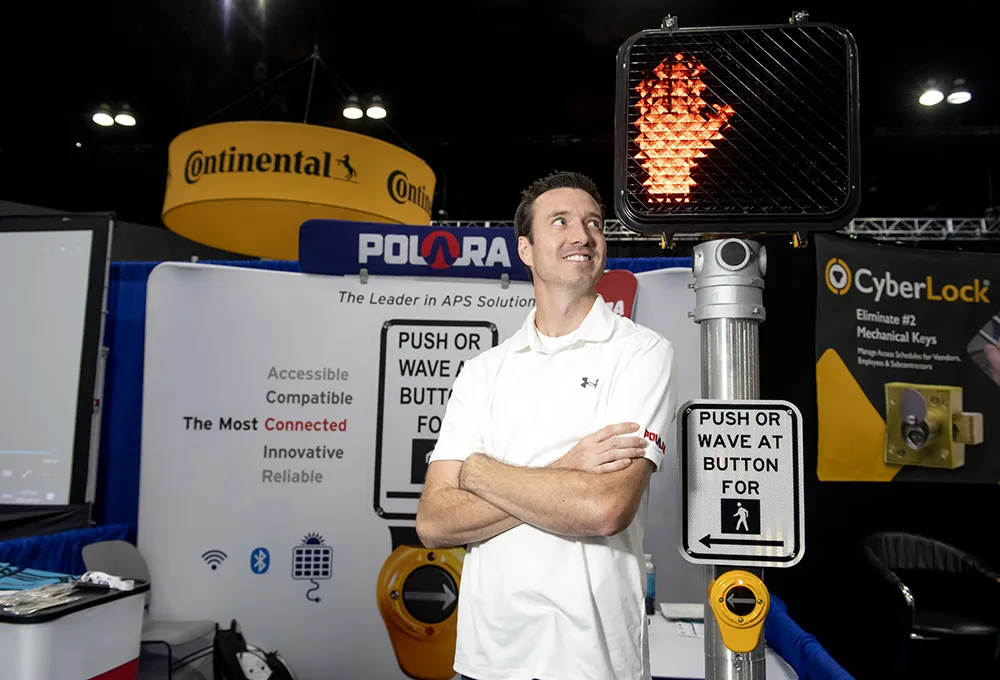To enable higher levels of autonomous driving and allow OEMs and drivers the freedom to create more customized vehicles,
Called Structural Health and Knock Emission (Shake) sensor, it has been upgraded to recognise structure-borne sound waves generated by contact or knocks on its body through piezoelectric foil.
Shake’s adaptive impact detection uses two sensors on the front and rear of the vehicle to detect slight touches of other cars or pedestrians to its bumper at speeds up to approximately 12mph. It can also trigger a signal to stop vehicles to prevent further damage as well as detect contact and perform an emergency stop if any collision with obstructions occurs during parking.
The intelligent damage detection identifies the severity as well as the time and place of vehicle damage, including scratches, dents and paint damage. It also creates damage reports for owners and mobility companies, who may use autonomous vehicles in car-sharing applications.
In addition, smart touch detection offers drivers convenience and safety features by enabling them to control the vehicle with the touch of their hand.
Hella’s demo will also present an opportunity for attendees to witness its welcome lighting technologies as well as how lights can project graphics onto the ground, among other functions.
Hella showcases solutions to advance autonomous driving
To enable higher levels of autonomous driving and allow OEMs and drivers the freedom to create more customized vehicles, Hella is showcasing its multifunctional sensor at the North American International Auto show 2018, in Detroit. The solution comes with three detection functions based on its environmental awareness capabilities. Called Structural Health and Knock Emission (Shake) sensor, it has been upgraded to recognise structure-borne sound waves generated by contact or knocks on its body through
January 16, 2018
Read time: 2 mins









